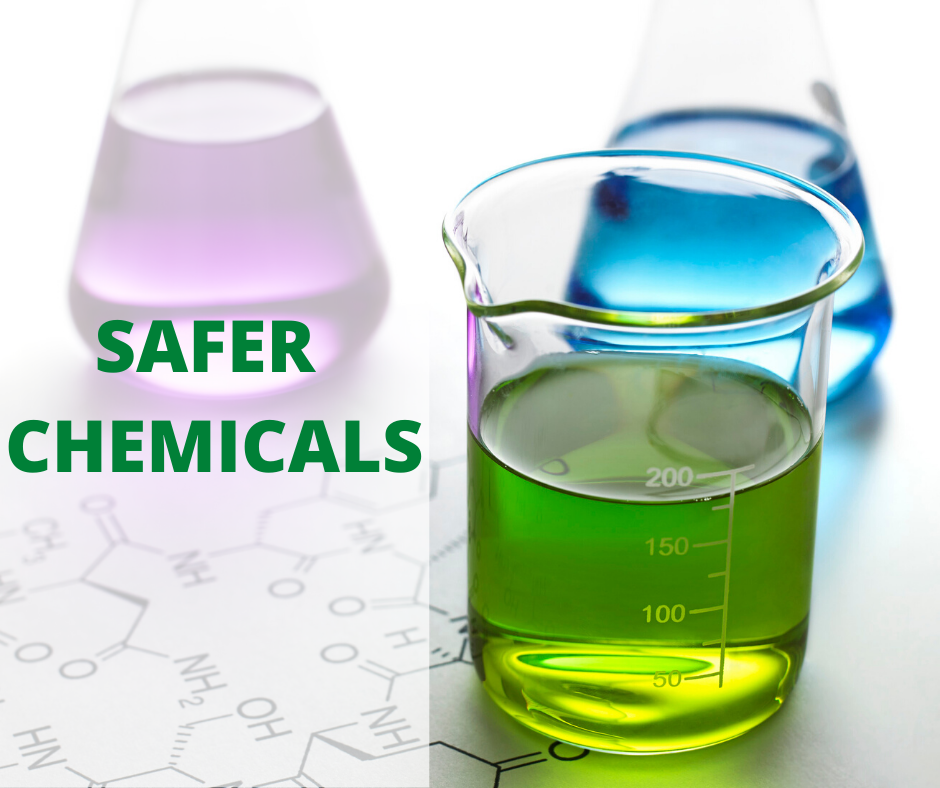Making the Change to Safer Chemicals

It is estimated that American workers are exposed to hundreds of thousands of chemicals every day. Despite the fact that most of these chemicals are considered harmful, they are largely unregulated within the work setting.
Thanks to this deregulation, more than 190,000 illnesses and 50,000 deaths are reported every year because of chemical exposure. Exposure to these chemicals is linked to diseases such as cancers, lung, kidney, skin, stomach, brain and reproductive conditions to name a few.
It is therefore crucial to create some sort of chemical management system above what OSHA sets in stone. Making the transition from harmful chemicals to safer alternatives is one of the only ways to eliminate this risk. However, it is extremely complex to implement this change. There are tools available to make the process slightly easier on your company, however.
For example, OSHA has created it’s very own step-by-step toolkit for employers to use at will. This toolkit includes methods, tools, and the highest standard guidance to help make this substitution in the work place. Companies who implement this toolkit increase their workers well-being and reduce the use of hazardous chemicals to create a balance in the workplace. There are also numerous benefits for using this toolkit.
These include:
- Reduction of expenses associated with risky work-places
- Improved performance
- Branding as an industry leader
Another advantage to this toolkit is the fact that all kinds of businesses can implement it. This includes those who use chemicals in their manufacturing process and for those who are in the service industry including janitors and pathology labs. There is no limit to who can make use of this toolkit.
Additionally, employers can use the resources in the kit to understand the chemicals they are using and engage new opportunities to use safer alternatives. They can then connect with their employers to discover safer alternatives within their industry.
OSHA’s main purpose is to help guide businesses to safer chemical practices and to keep workers safe. With this toolkit, the opportunity to protect the workplace is alive and well.




